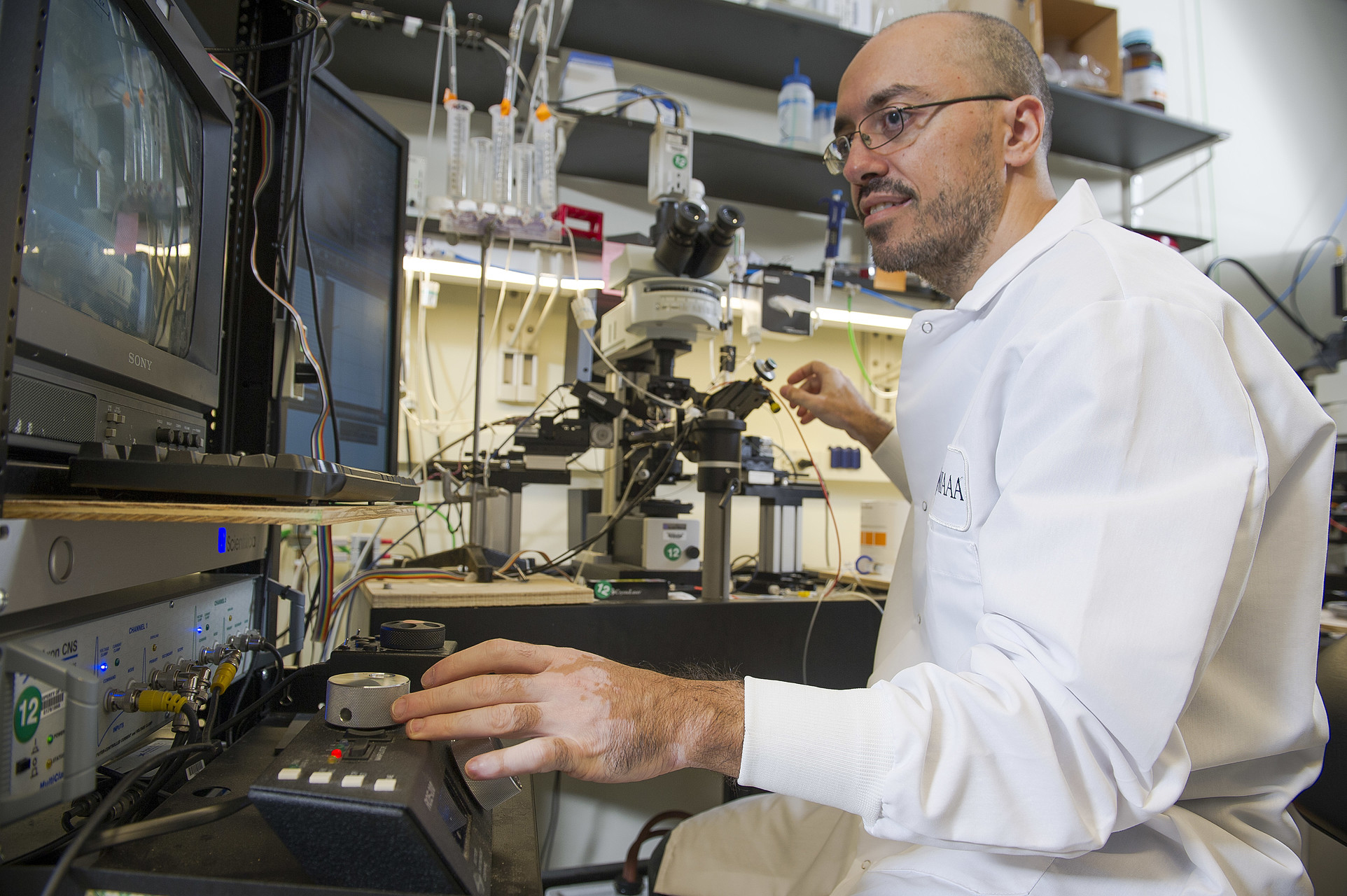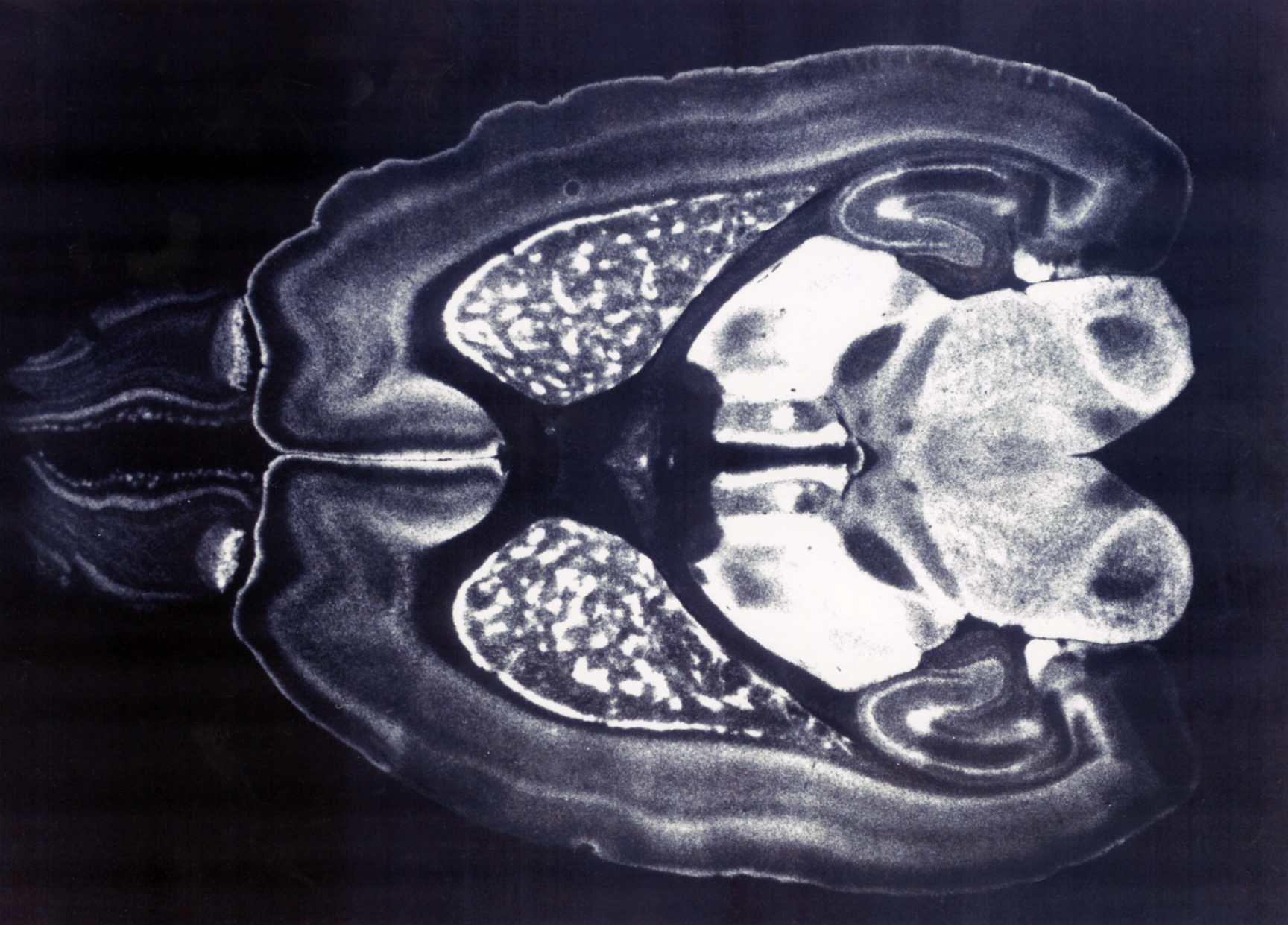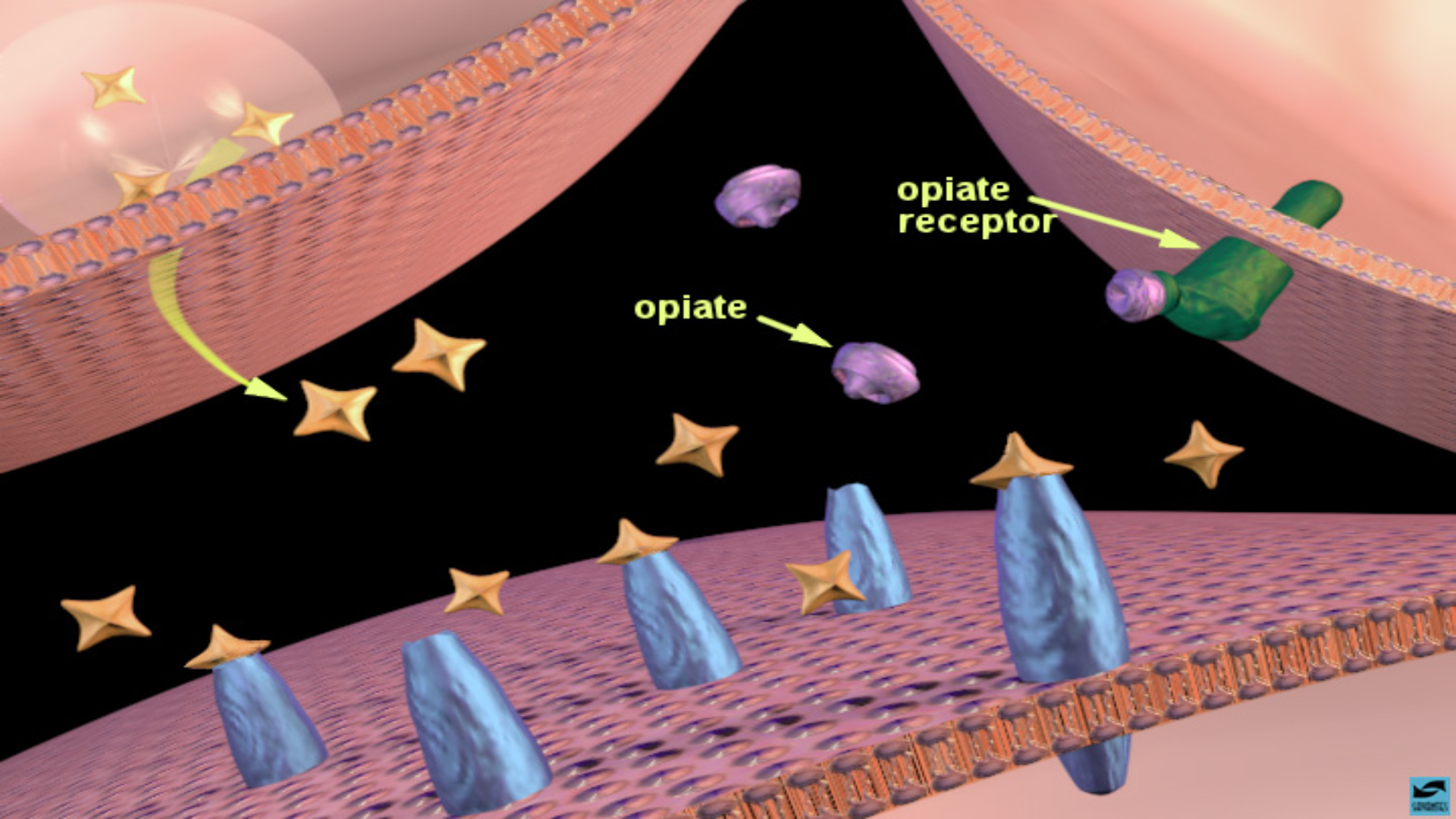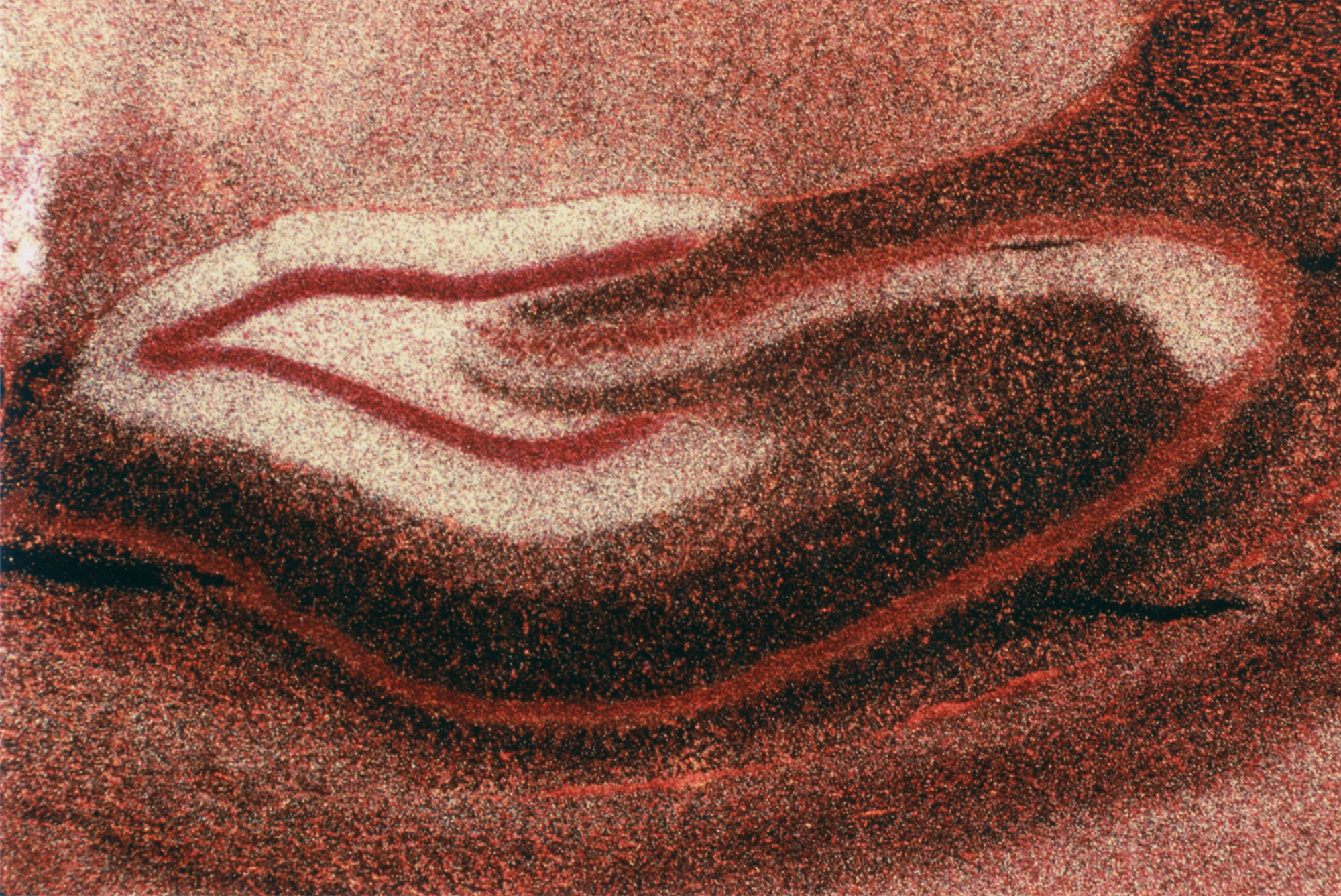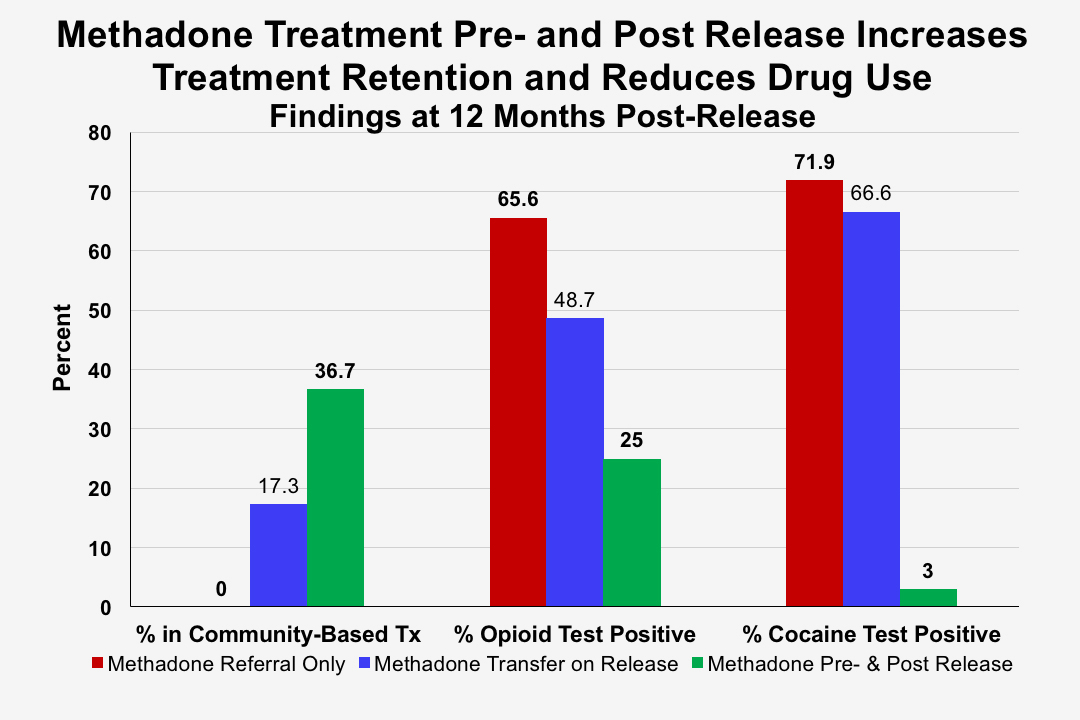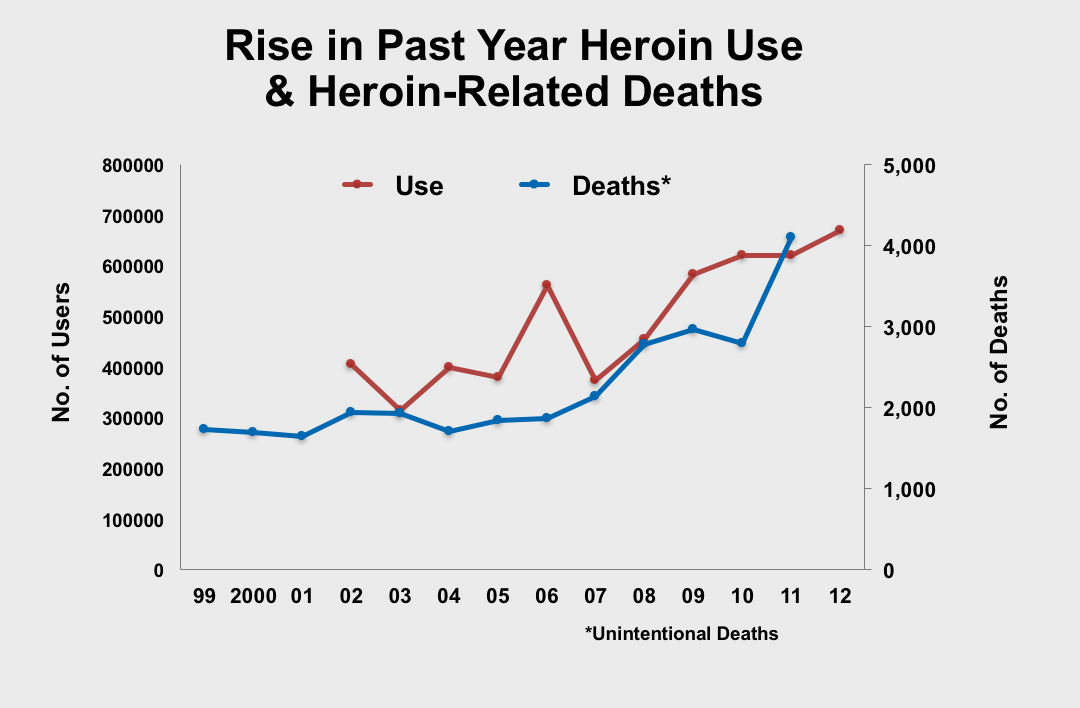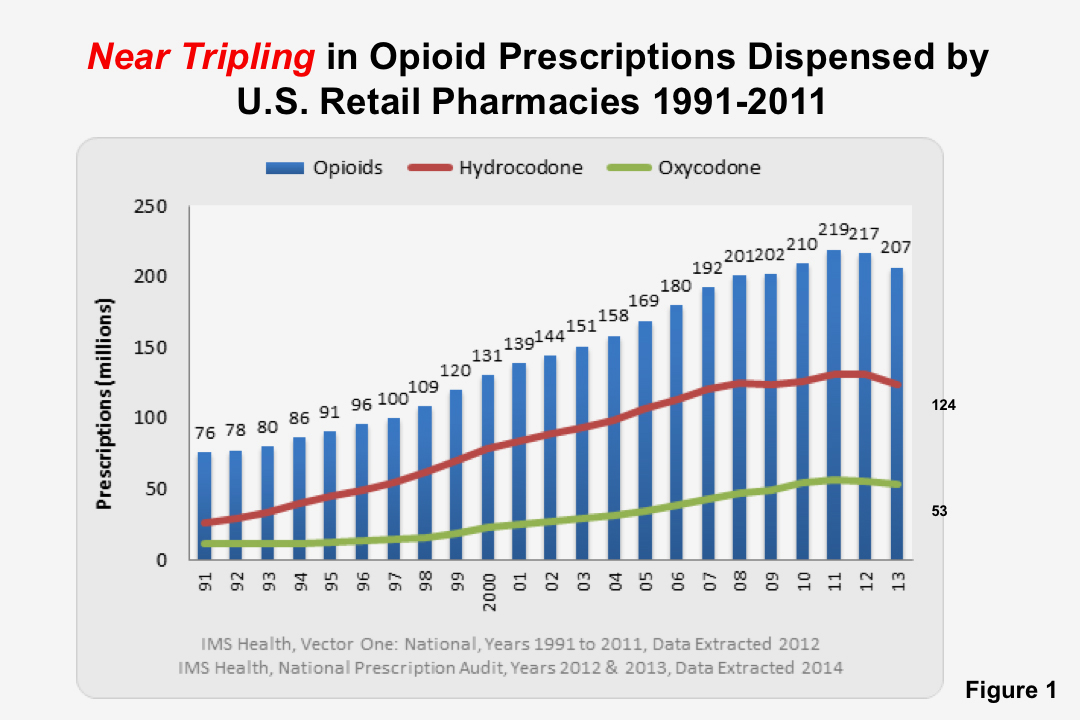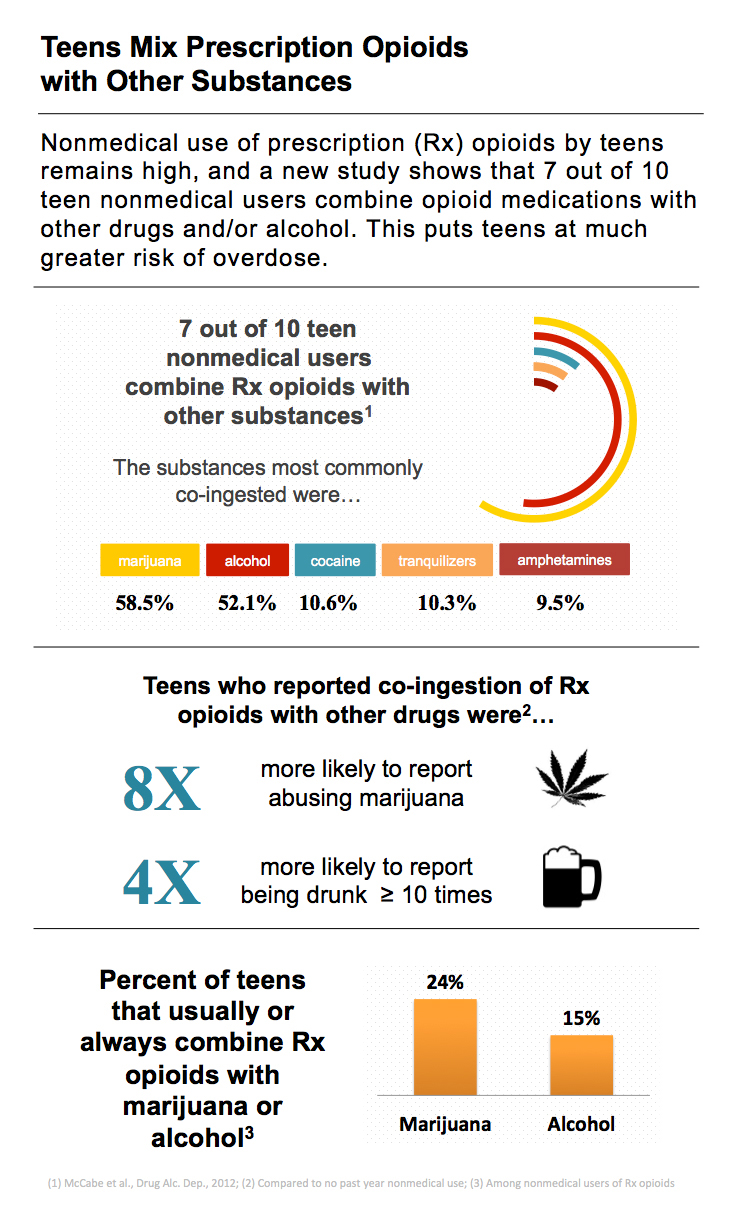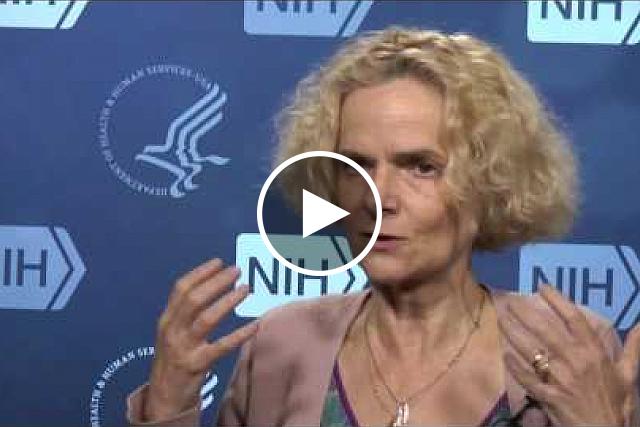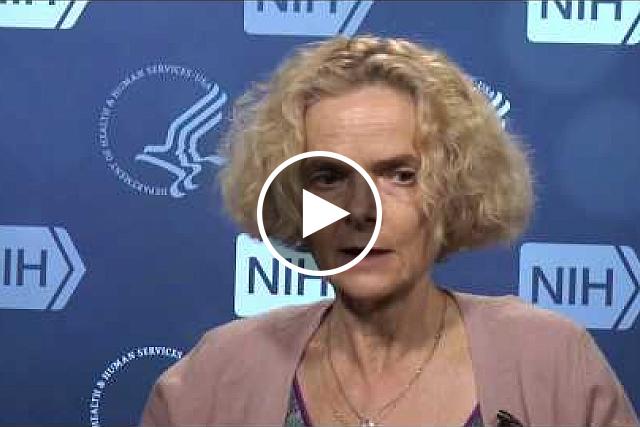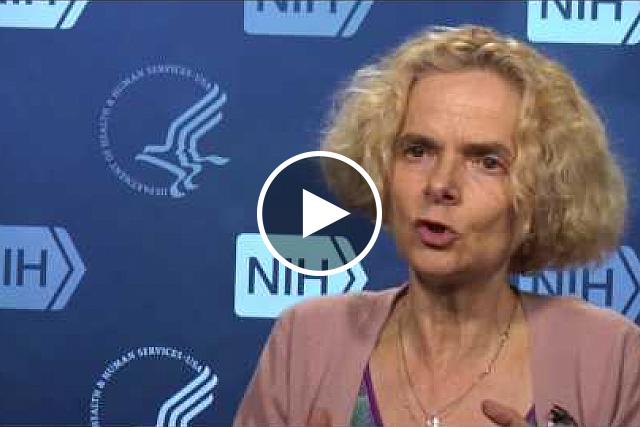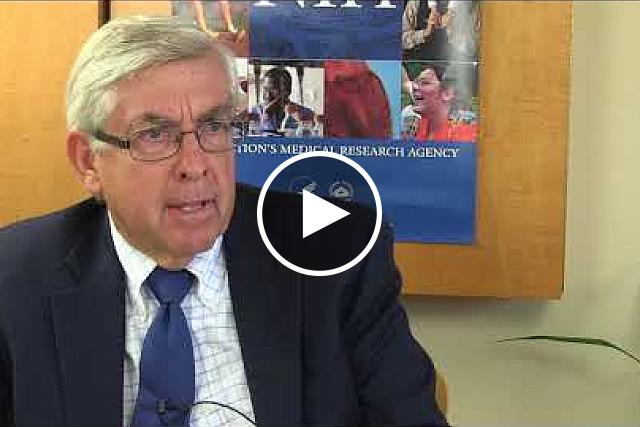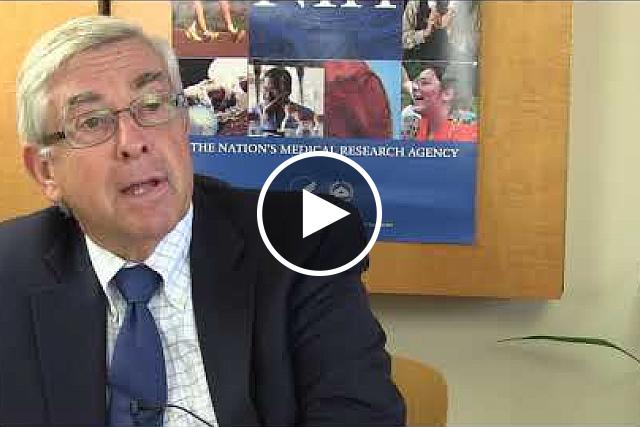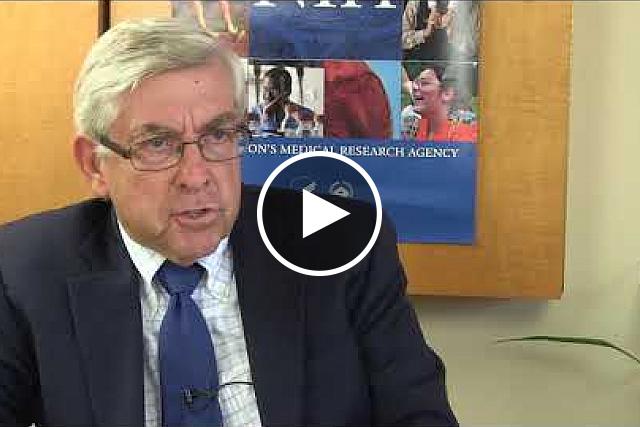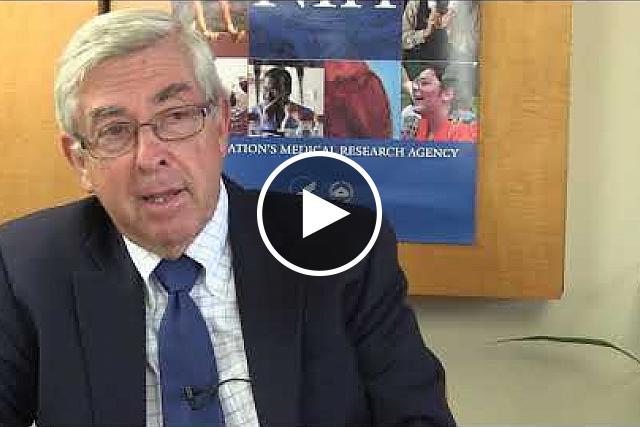You are here
Opioids – Digital Media Kit
In this kit:
Opioids The Opioid Crisis NIH and the Opioid Crisis Opioids and Chronic Pain NIH Funding NIH Pain Consortium Images Soundbites
Opioids
Opioids are a class of drugs that include pain relievers available legally by prescription, the illegal drug heroin, and synthetic opioids such as fentanyl. These drugs activate opioid receptors on nerve cells in the body and brain. Opioid pain relievers can be effective in treatment for relieving pain. However, regular use can lead to dependence, and misuse of opioid pain relievers can lead to addiction, overdose incidents and possibly, death.
The Opioid Crisis
Paralleling a rapid increase in rates of opioid pain reliever prescribing, which is now showing early signs of abating, widespread use and misuse of these medications led to an alarming rise in opioid overdose deaths, giving way to a nationwide crisis. Results from the 2018 National Survey on Drug Use and Health showed that an estimated 1.2 million people in the United States aged 12 and older had an opioid use disorder, the most recent year for which data are available.
NIH and the Opioid Crisis
NIH conducts and supports extensive research on pain management, and drug use and misuse. While the National Institute on Drug Abuse (NIDA) leads NIH research efforts on drug use and addiction, and the National Institute of Neurological Disorders and Stroke (NINDS) leads NIH research efforts on pain, many of NIH’s Institutes and Centers are involved in these research areas.
In April 2018, NIH announced the Helping to End Addiction Long-termSM Initiative, or NIH HEAL InitiativeSM, a trans-agency effort to speed scientific solutions to stem the national opioid public health crisis. The initiative will bolster research to accelerate the development of innovative medications to treat opioid addiction, explore non-addictive interventions for chronic pain, and improve overdose prevention and treatment strategies, including research into additional overdose reversal medications and breathing stimulation devices. This initiative will engage both academic researchers and the private sector to increase efficient clinical translation of research.
Opioids and Chronic Pain
Chronic pain is a major public health problem that affects an estimated 100 million American adults, approximately one third of the U.S. population. It is the primary reason Americans are on disability and unable to work, and is a top reason cited for seeking medical care. Although opioids may not always be the best course of treatment for chronic pain, the number of prescriptions for opioid pain relievers has increased dramatically in recent years.
NIH Funding
NIH Institutes and Centers support multifaceted research—from pain management to addiction prevention and treatment—to address the opioid crisis. The NIH Research, Condition, and Disease Categorization (RCDC) tracks official NIH funding for opioid and pain-related research in three relevant categories: Opioids, Opioid Misuse and Addiction, and Pain Research. NIH received an additional $500 million from Congress for use in fiscal years 2018 and 2019 aimed at addressing both opioid addiction and pain, which are included in the above categories.
As the primary funder for drug addiction research, the NIDA supports research pertaining to opioid use disorders that includes basic research on addiction, community prevention frameworks, testing of sustainable treatment models, and methods to integrate behavioral interventions with medication for addiction treatment. As part of the HEAL Initiative, NIDA is focused on expanding therapeutic options for opioid addiction, overdose prevention and reversal and enhancing treatments for infants born with neonatal abstinence syndrome (NAS)/neonatal opioid withdrawal syndrome (NOWS). NIDA is also working to develop new prevention and treatment strategies for addiction, and to improve and optimize existing effective prevention and treatment strategies for opioid addiction.
Given the need to improve pain treatments and reduce reliance on opioids, NIH funds a wide range of basic, translational, and clinical studies on pain. The National Institute of Neurological Disorders and Stroke (NINDS) leads trans-NIH efforts to encourage and coordinate programs and activities on pain research. From examining the nervous system’s role in pain, to using complementary and integrative health approaches to treat pain, NIH encourages inter- and multi- disciplinary approaches to better address the challenges of treating pain. As part of the NIH HEAL Initiative, NINDS leads efforts to understand the biological underpinnings of chronic pain and establish the best pain management strategies for acute and chronic pain conditions. NINDS also works to accelerate the discovery and pre-clinical development of non-addictive pain treatments, and advance these treatments through the clinical pipeline.
NIH Pain Consortium
An integral part of NIH’s larger pain research agenda is the NIH Pain Consortium, activities and programs which currently are coordinated by the Office of Pain Policy, within the Office of the Director at NINDS. Established to enhance research and collaboration on pain activities across NIH’s 27 Institutes and Centers, the Consortium is responsible for coordinating pain research at the NIH, identifying opportunities in pain research, increasing visibility of pain research among the NIH and the larger scientific community, and curriculum resources for health professional schools.
In addition to the Consortium, NIH serves as the lead of the Interagency Pain Research Coordinating Committee, a congressionally-mandated committee comprised of federal agency and department representatives, pain researchers and patient advocates. The committee oversaw the development of the National Pain Strategy, the federal government’s first coordinated plan for reducing the burden of chronic pain for the millions of affected Americans, and the Federal Pain Research Strategy, a component of the National Pain Strategy that identifies and prioritizes research recommendations as a basis for a long-term strategic plan to coordinate and advance the federal pain research agenda.
Images
Soundbites
NIDA Director Dr. Nora Volkow and NINDS Director Dr. Walter Koroshetz talk about opioids, chronic pain and NIH’s efforts to address the opioid crisis. If you would like the files of the video clips, please contact Wally Akinso.
This page last reviewed on November 5, 2020

